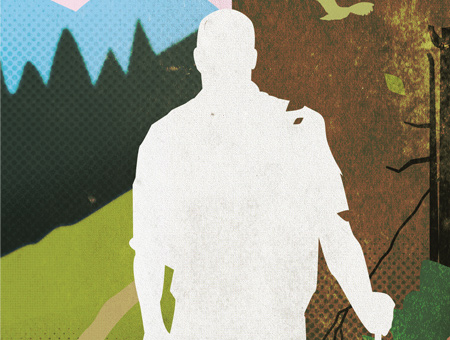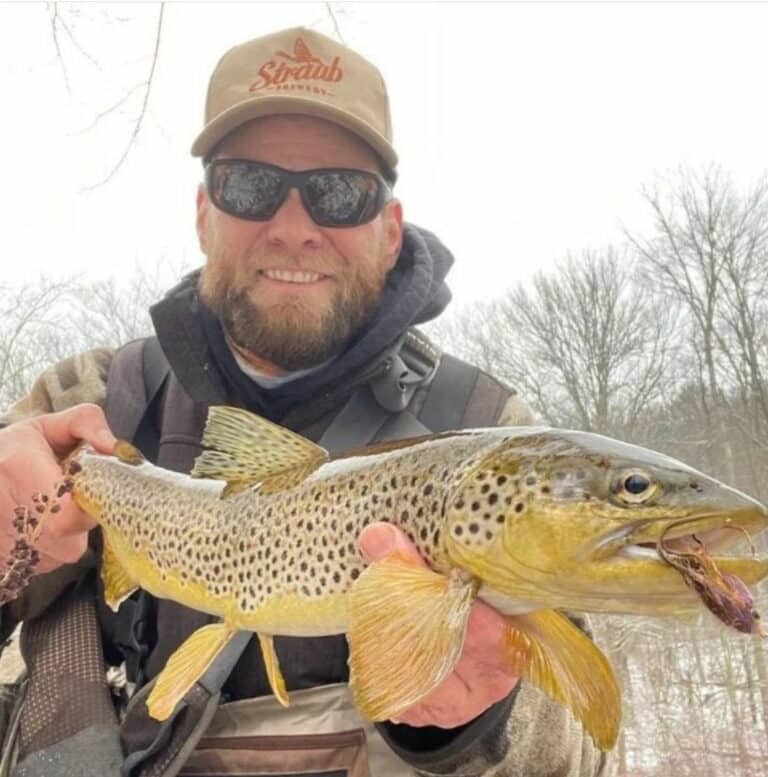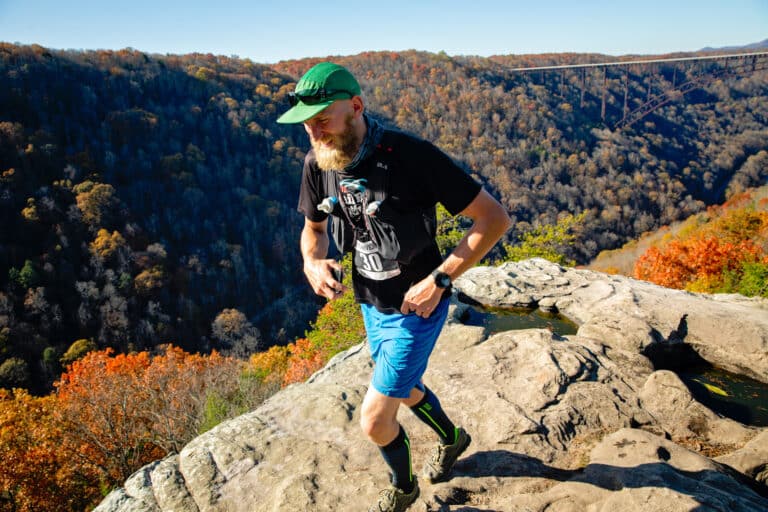Cool: Take the Road Not Taken
Off-trail hiking, or bushwhacking, is a great challenge for those hikers who want an alternative to well travelled trails. Picture it: no crowds, no wide, eroded pathways, no litter marring the landscape from overuse. Above all, there’s the palpable, peaceful sense of wonder that can spring up so easily on hikes that aren’t necessarily officially sanctioned.
While some environmentalists frown on bushwhackers, most off-trail hikers show more respect for the environment than those on infrequent short walks in the woods. Some of the more popular hikes, especially in the Smokies, are visibly ‘used to death’, to where a narrow trail has been widened and eroded to the point where it becomes a rocky gulch. Not particularly pleasant, safe, or good for local habitats. Off-trail hikers, knowingly or not, tend to keep their routes hidden and show examples of “Leave No Trace” principles.
One of my most vivid off-trail hikes was in the Smokies in the valley between Bote Mountain Trail and Defeat Ridge. We hiked up Bote Mountain, then found an old CCC-era trail which descended down into the West Prong of the Little River. When we reached the valley, I was amazed by the huge old growth trees that had escaped being harvested during the logging era. They were truly living skyscrapers. As we descended into the valley, the trees became smaller and we began to notice old metal remains from railroad and logging machinery. I would hate to think I could have missed out on that experience because of misplaced concerns about hiker impact or hand-wringing about safety.
As in any other form of hiking, safety planning is crucial. Always leave your intended route with friends, family, and/or park officials. That way, if something happens, searchers will know where to start looking. Know your limits, and don’t push too close to danger areas.
Whether you’re seeking the comfort of unspoiled nature, great exercise, or a way to increase your map, compass, and navigation skills, don’t let the worrywarts scare you away from taking the road less traveled.
Andy Zimmerman is the 2013 President of the Smoky Mountains Hiking Club.
NOT COOL: Off-Trail Is A Fail
Why do people pursue off-trail hiking? Some want shortcuts to save time (have to be back home for Sunday Night football). Others are avoiding muddy sections of trail or challenging terrain (wouldn’t it be easier to go around the mountain, rather than up and over?) Still others are attempting to avoid the crowds (the lure of the trail less taken).
Let’s use one of the most extensive trail systems in the world as an example. The paths of the Appalachian Mountains are visited by hundreds of thousands of hikers each year. The ramifications to the region’s natural habitat caused by off-trail hiking are considerable.
Such excursions are easily justified: “I´m only one person. How much harm can it really do?” While it’s true that the impact of a single individual or a small group may be minimal, the damage caused by a multitude of hikers doing exactly the same thing is anything but. The repercussions of widespread off-trail hiking include large-scale erosion, damaged vegetation, disruption of wildlife, and altered hydrology, not to mention widening and increased muddiness of trails.
The primary goal of a formal trail system is to enable people to enjoy a natural environment, while simultaneously minimizing the amount of human-induced impact to the area in question. When large numbers of hikers skirt bogs, cut switchbacks, and take short cuts, this objective is fundamentally compromised.
Shoes can be cleaned. You can dry your feet at day’s end. Finishing your hike a few minutes later is no biggie. Damaged vegetation, altered wildlife patterns and erosion are not so easily remedied. The solution? Simple. If you are walking in a heavily trafficked area such as the Appalachians, remember that leave no trace principles apply equally to hiking as they do to camping. Stick to the path and help preserve trail systems for generations to come.
Cam Honan is a world traveler and hiker sharing his experiences on TheHikingLife.com.








